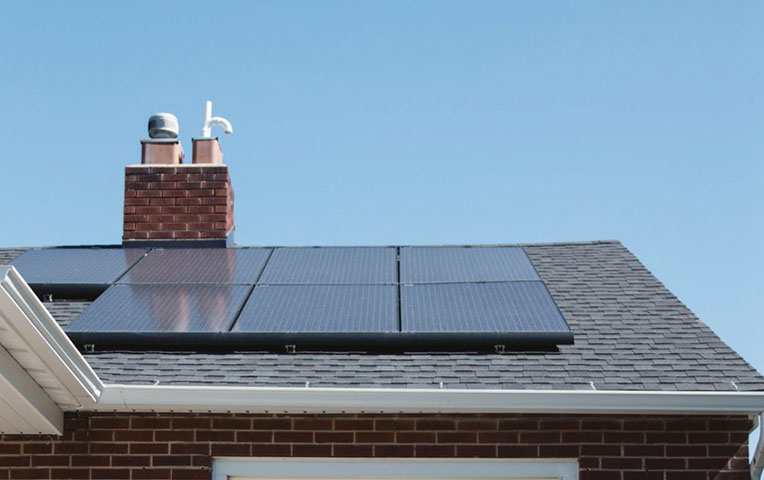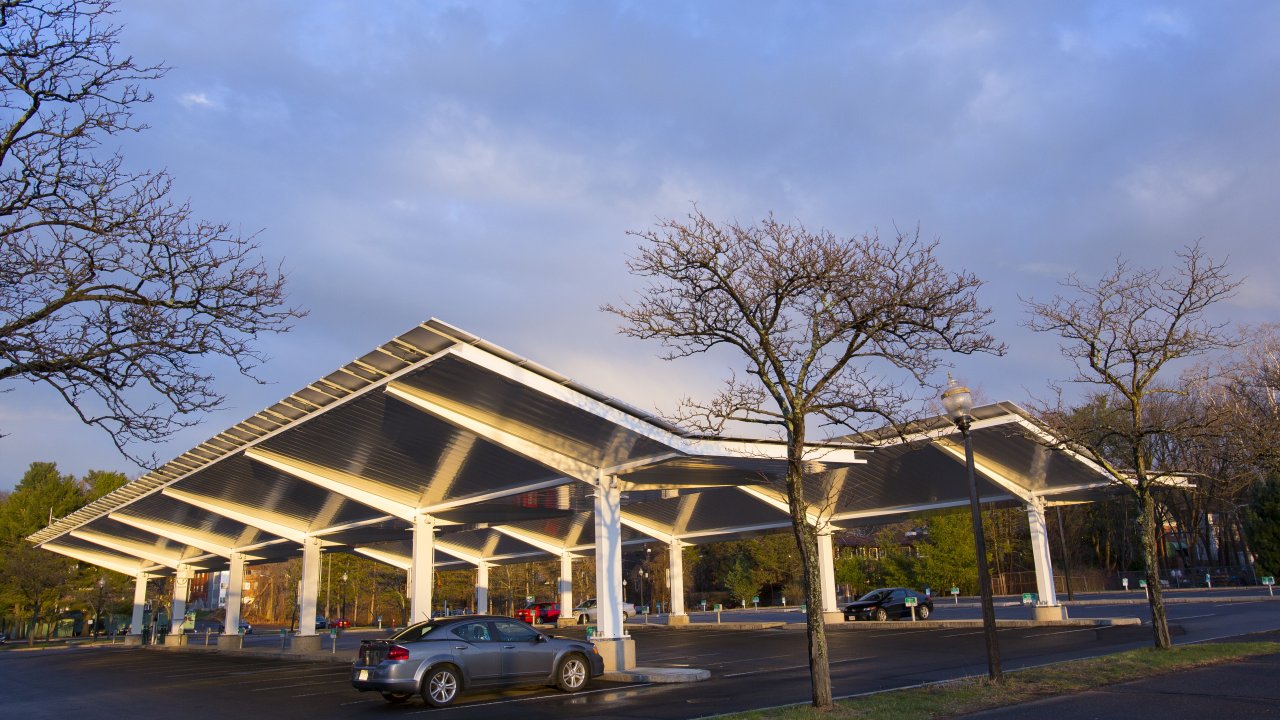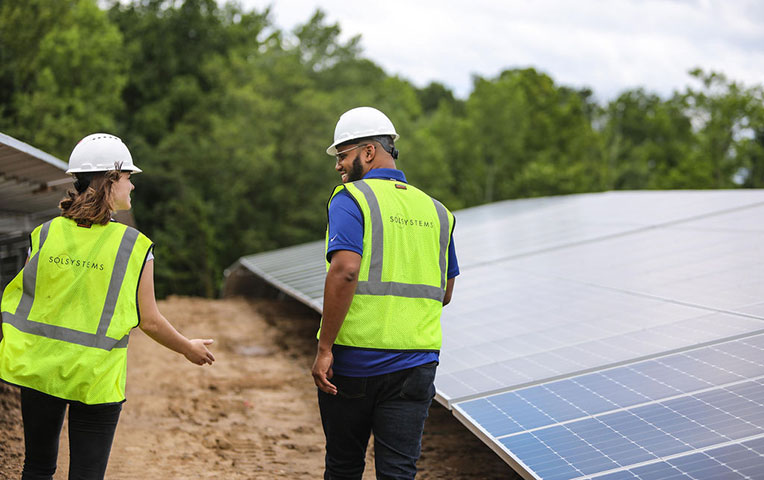A special thank you to Miles Braxton, Sam Ditesheim, Erin Hickok, Juliana Isaac, Adil Javat, and Sandhya Mahadevan for their input and advice!
The solar energy industry is continuously growing and has been on the rise for the last several years. As young professionals graduate from college, they find themselves trying to navigate a career path that suits their passions and interests. For those interested in the business of renewable energy and fighting climate change, solar energy offers many budding career opportunities and paths.
But how does one find their calling within the solar energy industry? Sol employees provided us with their favorite tips and tricks for young professionals as they explore their futures in solar.
Stay up to date on all things solar.
The rapid growth of clean energy publications makes reading up on the latest trends in technology, market trends, policy, and business mergers easy and digestible. Our Performance Engineer Juliana Isaac and Asset Management Analyst Adil Javat, advise reading an article or two a week and writing content about the solar industry to help get a better understanding of what industry sectors spark your interest. Listen to podcasts about solar, follow solar blogs from some of the industry’s drivers (including our own), and keep the conversation going by following solar accounts on Twitter and LinkedIn. Many key stakeholders and companies post updates to their social channels as well. Keeping up with the latest updates can be a great way to learn more about the industry from a multitude of business types.
Once you have a grasp on solar basics, don’t be afraid to Google and research terms that you’re not familiar with. The best way to learn is by research and example, so if you are confused about a solar term or acronym, there are plenty of resources and explainers that breakdown concepts wonderfully. Learning the technical aspects of how solar generates energy and revenue are also helpful to further understand how a specific solar company functions. This can be especially helpful when you begin to interview with solar companies.
Do your research – what field interests you?
For those who are new to the solar industry, do your research on what type of solar energy suits your interests. “Learn the differences between utility-scale, commercial & industrial and residential solar companies, and learn the bigger companies within each of those parts of the industry,” Sam Ditesheim, Business Development Analyst. Once you understand and find companies that might fit your interest, you can begin to apply your background and skills to specific job types. There are many different roles within solar energy, ranging from investments, engineering, business development, accounting, marketing, and more. You might not have experience with solar directly, but the skills you gain in college may bring a new perspective to a specific sector of a solar company.
Network – LinkedIn is your best friend!
People working in the solar industry love talking about solar. Never be afraid to reach out to an industry professional to talk about your future career. Connect with solar professionals and reach out to them to have a short conversation about what inspired them to pursue renewables and any advice they may have when starting your career (remember, they were once in your shoes).
Another great way to learn more about solar from industry professionals is by conducting informational interviews. “Informational interviews are incredibly useful for a few reasons. You can learn more about the relevant job functions within the industry and how your skills fit into the industry, the culture of the company, and you can signal that you are motivated and that you're taking the time to do your homework,” explains Sandhya Mahadevan, a former intern, and current Senior Associate at Sol Systems. More likely than not, solar professionals will take 20 minutes out of their day to discuss career opportunities with an interested individual, and those interviews may lead to long-lasting relationships.
Get experience and apply!
If there is a job in the solar industry that may fit your background, apply for it! Erin Hickok, an Analyst on our Investments team, urges young professionals to “... not be afraid of the internship. Be clear about your goals from day one and convey if you're looking for a position to open up.” Internships and volunteering can be a great segue to a full-time position if underqualified. Both opportunities can help young professionals explore different aspects of a solar company to help find a suitable role. The relationships you build through those networks can help with your professional development and job skills, which is key for an industry like solar.
When tailoring an application to a job in solar, Miles Braxton, Senior Development Associate advises making sure “...there's a "why" behind each application. Each application you submit should have a unique cover letter addressing the hiring manager. What is your desire to work in the industry, for that specific company, in that specific position?” Nothing shows more integrity than curating an application to show your interest and willingness to learn and grow at a company.
Don’t be discouraged.
Entry level solar jobs can be difficult to come by, so continue to nurture relationships with industry professionals to keep your options open. Networking and conducting informational interviews can make a lasting impression on professionals within the clean energy space. Continue your research and dedicate time to learning the industry to show your commitment towards pursuing a career within renewable energy.
-
Feel free to reach out to our HR department or a Sol Systems team member with additional questions and to connect. Also, don’t forget to follow us on Twitter and LinkedIn for industry updates, career opportunities, and all things solar.






